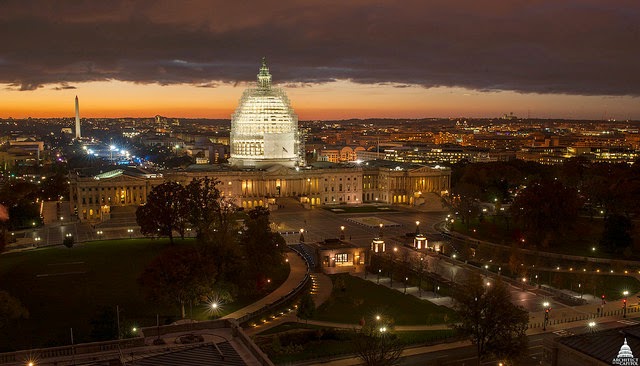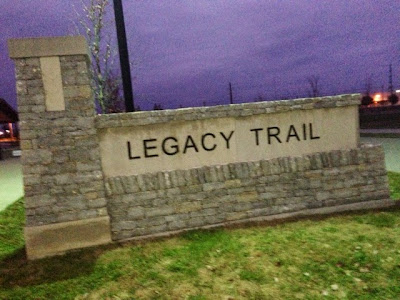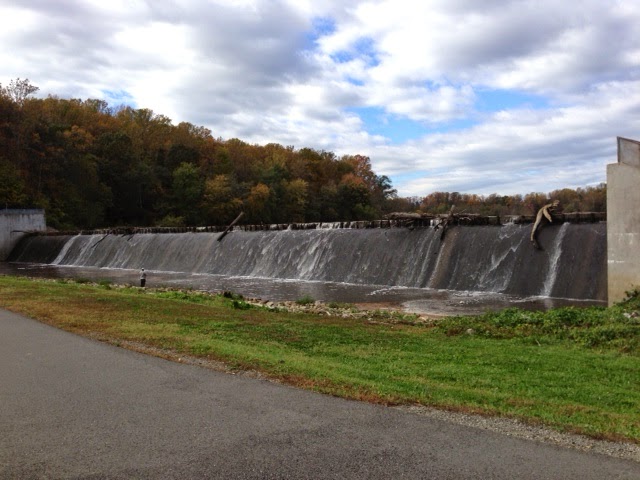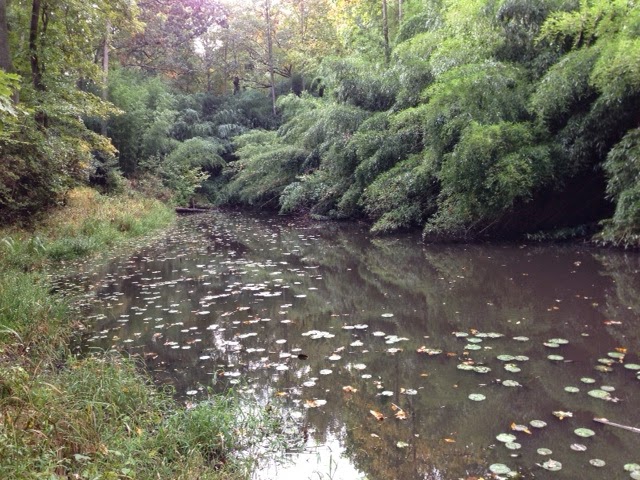Suburban Still Life
It could have been an easier office re-entry day. Twenty-seven degrees, snow falling. Schools closed and the parking lot half empty. I realized too late that I left my Metro card at home, and after buying a paper card to get me through the day, I rushed down the escalator only to find a train just closing its doors.
No matter. The world is white and still, a study in snow and steel. I pretend to be a tourist, take photos of Tysons Corner out the window.
It looks almost picturesque. The cars aligned and tracked, the sky mottled and gray. Remove the blue Honda sign — or keep it, if you like, it adds a spot of color. A suburban still life.
It’s almost like I’m on vacation.
Almost. Not quite.






